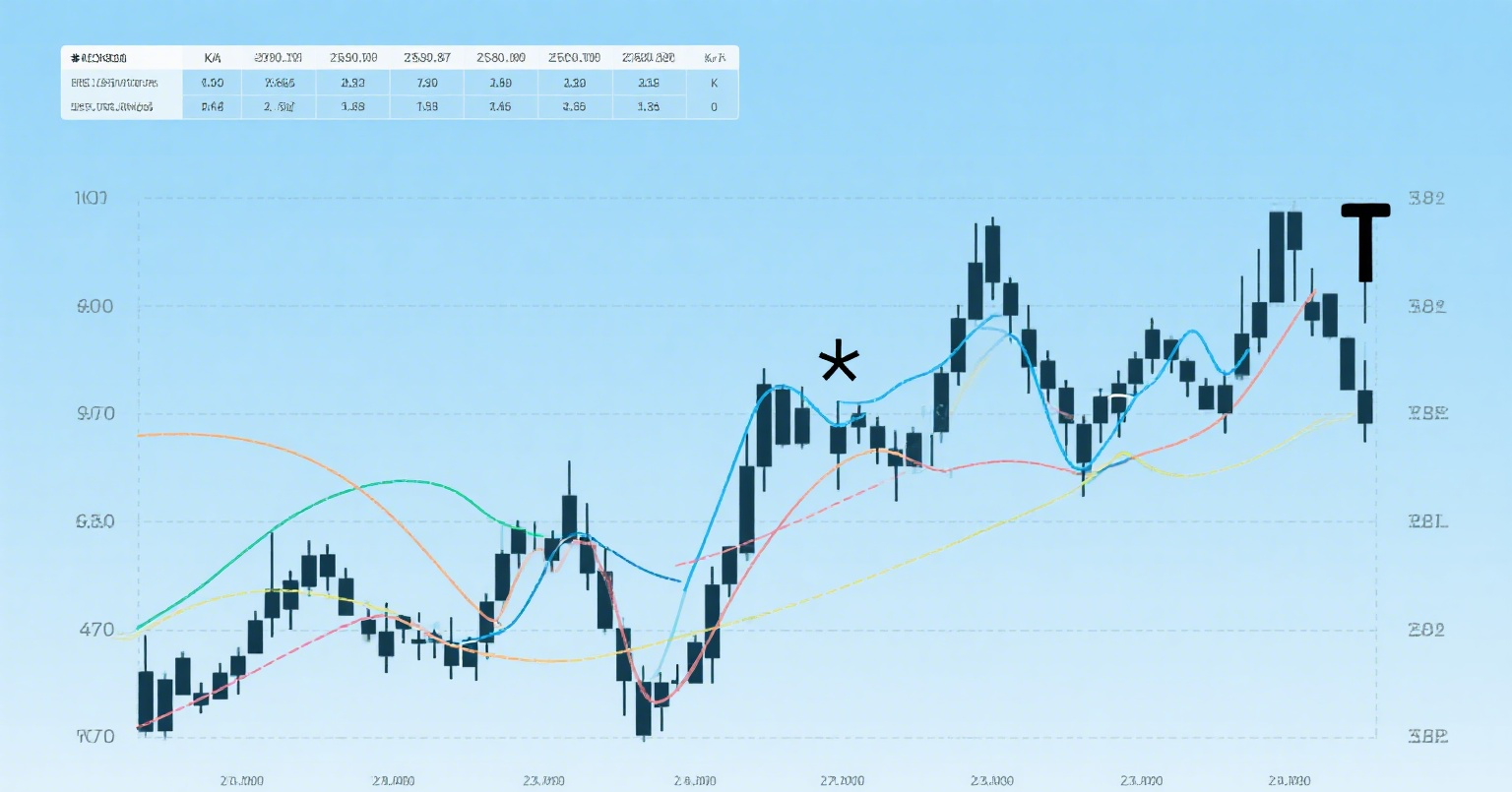
Is There a Superior Choice Between Chasing Highs and Buying Dips?
The answer to this question lies not in the methods themselves but in the type of stock they are applied to.
If a stock relies on market consensus and sentiment, it’s best to "not release the eagle until the rabbit is in sight"—meaning chasing highs is often the better approach.
But if a stock depends on valuation and trend logic rather than consensus, then it doesn’t matter whether you chase highs or buy dips. Once you understand its valuation and trend, you can enter—how you buy is irrelevant.
The nature of the stock determines the method of entry.
Some stocks live on "momentum." These can only be bought by chasing highs because if the momentum fades, they may crash. Don’t fantasize about buying dips here.
Other stocks thrive on "trend." They aren’t tied to short-term momentum, and no one can easily break them. For these, chasing highs isn’t mandatory—sometimes buying dips offers better cost efficiency. Of course, they don’t reject chasing highs either.
Chasing Highs vs. Buying Dips
What’s the Core Logic of Chasing Highs?
It’s the belief that "the higher it goes, the more it proves its dragon status." The higher the price, the stronger its position and popularity. The "high," the "fact of rising," or even the "fact of hitting the limit-up" confirms its dominance. For such stocks, you shouldn’t fear highs—instead, the higher they go, the more excited you should be. Examples: Shunkong Development, Zhejiang Construction Investment, Hunan Development in their prime.
What’s the Core Logic of Buying Dips?
It’s the belief that the stock is already "proven right" by something else—it doesn’t need intraday highs or limit-ups for validation. For such stocks, even if the short-term chart dips, there’s no need to fear. In fact, dips may present opportunities to lower your cost basis.
The key here is the "something" that proves it right.
So, what is this "something"?
-
It could be valuation-based.
-
It could be fundamental.
-
It could be trend-consolidated.
-
It could be narrative-driven (temporarily unverifiable).
In short, this "something" doesn’t rely on limit-ups or market positioning like momentum stocks do. For such stocks, why bother chasing highs? Why fear a red candle?
To put it simply:
-
Momentum stocks are like flowers—they thrive in sunshine and hate storms.
-
Trend stocks are like pine trees—storms are routine, and harsh winters only highlight their resilience.
If chasing highs is "sunny days," buying dips is "cloudy days," and panic is "rainy days," then:
-
Stocks like Zhongtong Bus, Hunan Development, and Sanyangma (momentum-driven) love sunny days—chasing highs suits their DNA.
-
Stocks like BYD and Tianqi Lithium (trend-driven) prefer cloudy or even rainy days (though they don’t reject sunshine). The key is that bad weather highlights their strength.
Thus, some love dips, cloudy days, and rainy days because they’ve already confirmed the stock’s uptrend through other means (not just price action). Others love sunny days because only sunshine proves they picked the right stock.
Different styles lead to different preferences.
So, which do you prefer?
Sunny days, cloudy days, or rainy days?
















